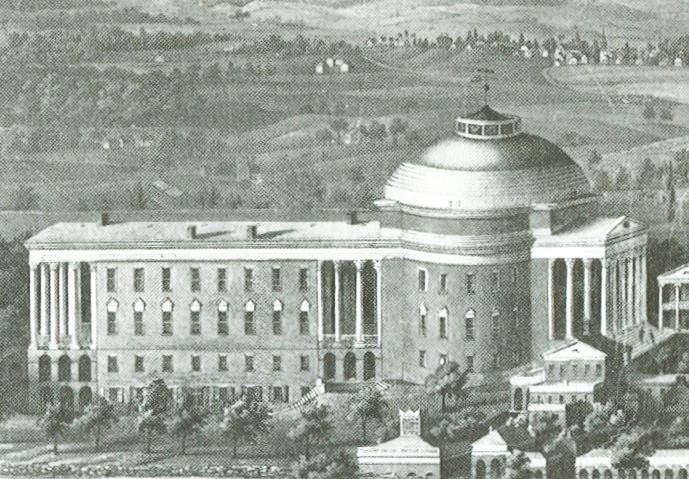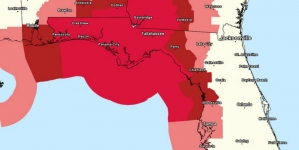-
Tips for becoming a good boxer - November 6, 2020
-
7 expert tips for making your hens night a memorable one - November 6, 2020
-
5 reasons to host your Christmas party on a cruise boat - November 6, 2020
-
What to do when you’re charged with a crime - November 6, 2020
-
Should you get one or multiple dogs? Here’s all you need to know - November 3, 2020
-
A Guide: How to Build Your Very Own Magic Mirror - February 14, 2019
-
Our Top Inspirational Baseball Stars - November 24, 2018
-
Five Tech Tools That Will Help You Turn Your Blog into a Business - November 24, 2018
-
How to Indulge on Vacation without Expanding Your Waist - November 9, 2018
-
5 Strategies for Businesses to Appeal to Today’s Increasingly Mobile-Crazed Customers - November 9, 2018
Workers Uncover Jefferson-Era Chemistry Lab On University Of Virginia Campus
The chemical hearth had been sealed in one of the lower-floor walls of the Rotunda since the 1850s, said a university news release.
Advertisement
Matt Schiedt, a project manager for John G. Waite Associates, a firm that specialized in historic buildings, explored a odd hole in the wall when examining the Rotunda because he needed to know how thick the walls were, he told The Charlottesville Newsplex.
Archaeologists at the University of Virginia have found a Thomas Jefferson-era chemistry classroom.
Part of a USA university’s original chemistry lab has been discovered by builders after it had remained hidden behind a wall since the mid-19th century.
“It was a surprise, a very exciting one for us”, said Brian Hogg, a university preservation planner. Two fireboxes provided heat to the laboratory, while underground tunnels circulated fresh air and flues carried away fumes and smoke. The laboratory was probably built between the 1822 and 1826 and was sealed off in 1850s which hindered it from being burned in an 1895 fire that almost demolished the whole rotunda. In addition, the design of the lab was likely the combined efforts of Jefferson and John Emmet, the first natural history professor at the school.
“Back then, the different experiments would get different levels of heat from different sources”, explained Jody Lahendro, a historic preservation architect supervising the renovation work.
“For the Professor of Chemistry, such experiments as require the use of furnaces, can not be exhibited in his ordinary lecturing room”, he wrote in an April 1823 letter, according to a University of Virginia news release.
“The hearth is significant as something of the University’s early academic years”.
Advertisement
Anyone eager to see the hidden room will have a chance after renovations are completed and the room becomes part of the permanent display, officials said.




























